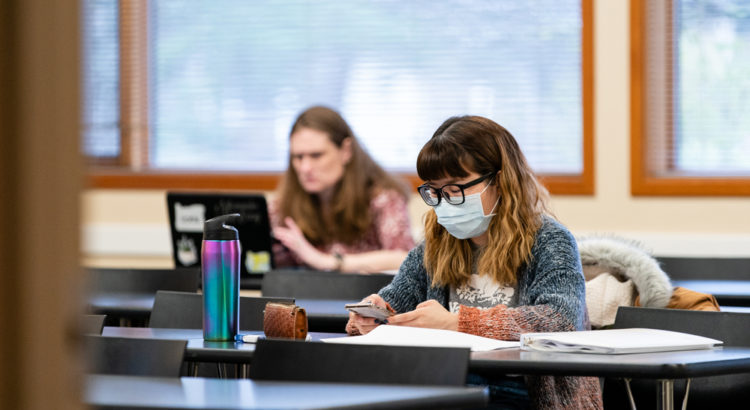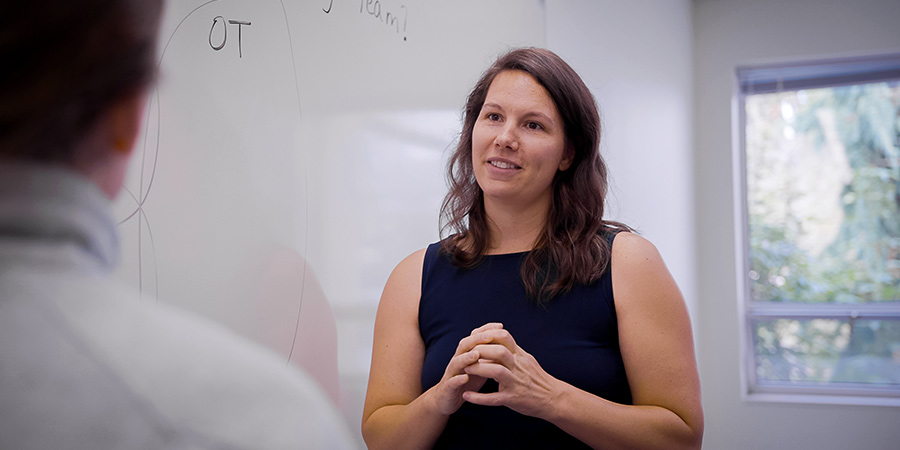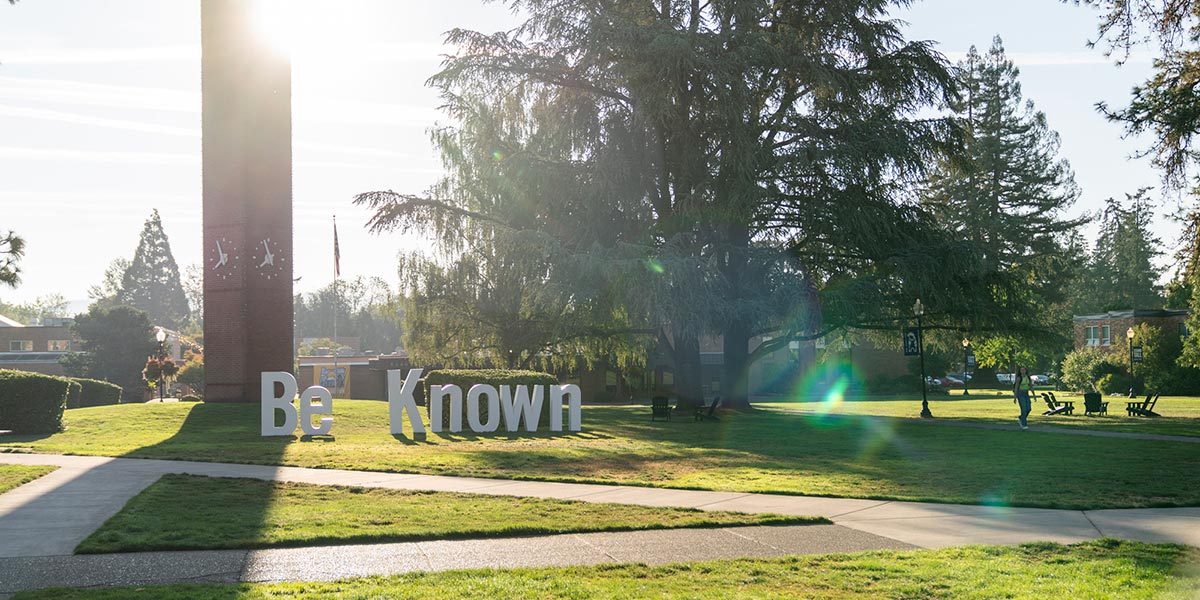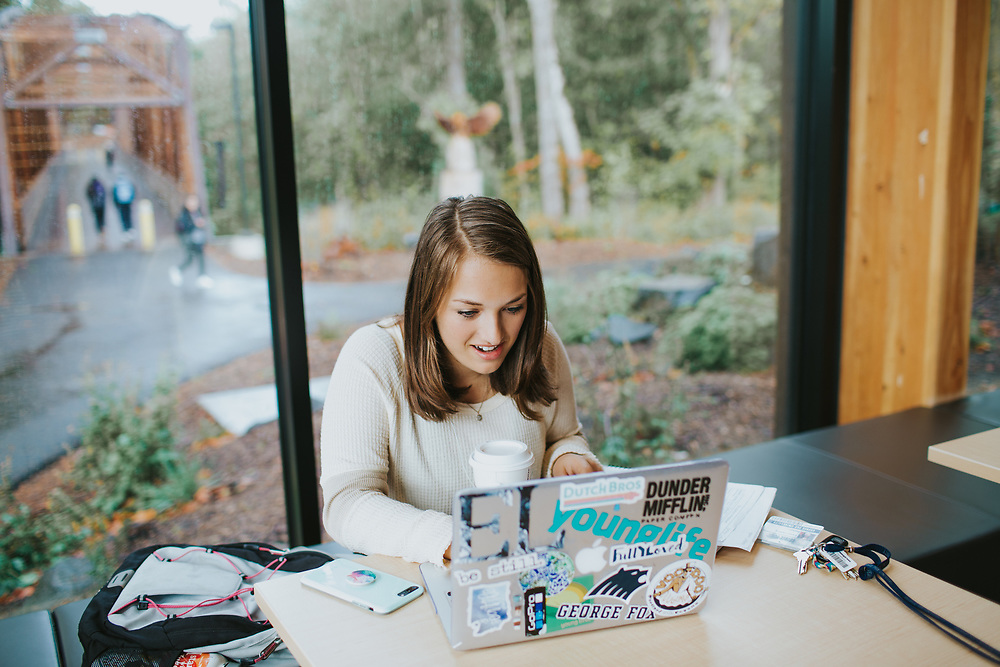
How to Take Effective Notes
by Caleb Steffen
If you want a perfect solution to note-taking for every class you’ll take … you might be out of luck. In my experience, note-taking is a strategy – one learned through trial and error. In addition to varying content, all of your professors have their own teaching styles and quirks. Each class will be unique, so the way you take notes should also adapt.
There are several kinds of note-taking, and they all may be the “right” way, depending on your personal preferences and the nature of your course. I’ll talk about two methods that I am and have been using.
Total Note Rewrite
I used this method of note-taking for my Anatomy and Physiology course exclusively, since it can take a while and I was very invested in that course. I’d use this method for content-heavy courses that you’re very engaged with or if you have extra time to spend taking notes.
For this strategy, have two separate notebooks (or two sections of one notebook) – one for lecture notes and one for rewritten notes. If you have the option, you could also use a tablet to write notes in. I would NOT recommend typing notes because you WILL forget them. The physical action of writing out words helps with recall and memory.
1. SKIM the textbook section prior to attending or watching a lecture (whether that is in person or on Zoom)
Hearing terms in a lecture for the first time can be very overwhelming, so skimming the textbook for key terms and ideas (bolded words and section headings) is very helpful for understanding lectures better. But … I get it. Skimming the textbook sounds super boring. It doesn’t have to be! Set a timer for 10 to 15 minutes and spend just that amount of time looking through the textbook. If that still isn’t motivating, even watching a quick YouTube video is super helpful (I like John and Hank Green’s Crash Course videos).
2. Attend class (physically or virtually) and take lecture notes
Focus on questions you have about the content and write them down in the margins. Even basic questions are helpful to direct your learning process. Write down as much important information that you can, paying close attention to verbal and physical cues from your instructor. If they verbalize the importance of a concept or idea, definitely write it down and star it.
If the lecture is recorded for you to come back to, you can add notes to yourself in the margin for places to come back to later. DO NOT write down every single word your professor says, especially if your professor is using a table, graph or drawing from the textbook (which you would recognize from your textbook skim). Focus on engaging with what the professor is saying about the table, graph or visual. You can revisit the details in the textbook.
3. Rewrite your notes
This is the part that takes a while. Pour yourself a nice cup of coffee or tea (self-care is super important for learning) and set out your textbook, lecture notes, PowerPoint (if available) and lecture recording (if available). I like to use colorful pens to make my notes look nice, but that is definitely up to you. At this point, organize your notes into major headings (big ideas), subheadings, and more individual details/information. I like a formal outline style, but you could also use concept maps or other organization strategies.
The overall goal here is to synthesize information from your lecture notes, the textbook, and the lecture recording (±PowerPoint). I usually listen to the whole lecture, pausing it to write down everything that I need to know about each specific topic.
Remember those questions you wrote in the margins of your lecture notes? Now is a fantastic time to find an answer to them. Looking at the textbook for more information is specifically helpful for clarifying confusions (you can always email your instructor with specific questions). Textbook flow charts, tables, graphs and concept maps are nice graphics to incorporate into your rewritten notes. It is best to rewrite your notes within 24 to 48 hours of first hearing a particular lecture to maximize its effectiveness.
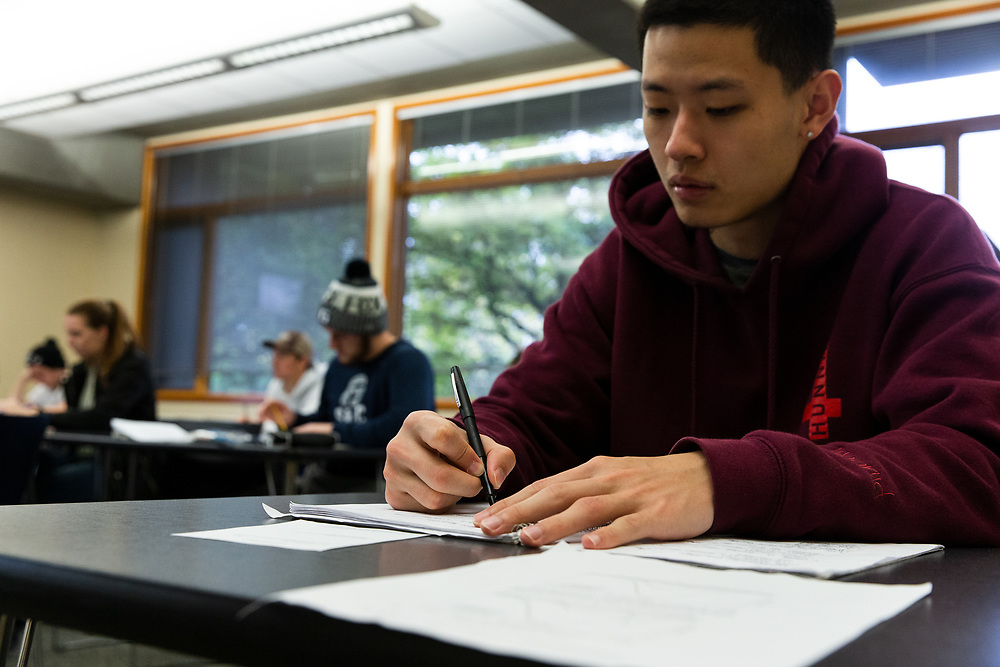
Objective-Based Notes (with PowerPoint Lectures)
Whether listening to online lectures, in-person lectures, or reading a textbook, “learning objectives” are often used and can provide a foundation for your notes. Several of my professors have four or five learning objectives for each lecture, and most textbooks have them listed prior to a chapter or section.
These are broad questions or statements that tell you what you need to know – what to take notes on. I think this strategy is super important for classes with tons of content, allowing you to connect details to big, overarching concepts that you need to know for your exams.
1. Identify your learning objectives for a given lecture textbook chapter (if you need to read it)
2. Skim the textbook chapter prior to attending the lecture
Hearing terms in a lecture for the first time can be very overwhelming, so skimming the textbook for key terms and ideas (bolded words and section titles) is very helpful for understanding lectures better. But … I get it. Skimming the textbook sounds super boring. It doesn’t have to be. Set a timer (10 to 15 minutes) and spend that amount of time looking through the textbook. If that still isn’t motivating, even watching a quick YouTube video is super helpful (I like John and Hank Green’s Crash Course videos).
3. Take notes in class
If your instructor makes PowerPoints available, print them out (or use a tablet and a PDF copy) and write your lecture notes on them. I like to use four slides per page, which gives me room between slides to write in my questions or additional details. For these lecture notes, focus on writing down questions and important information that your professor emphasizes. Listen for cues from your professor to determine important information. They might even say, “This is important.” Pay attention to underlined or bolded words in PowerPoint slides or any terms that are repeated.
4. Review after class
Write out each learning objective at the top of a page (or even a whiteboard). Fill in the page with relevant information from your lecture notes, slides, and/or textbook until you reach the level of detail required for your class (use discretion based on the nature of the class and the professor's expectations). You can really put in as much or as little as you want.
Study from your objectives. Use recall! Start with your lecture objective and see how much you can explain or write out without looking back at your notes. This is a great way to test your knowledge and to prepare for exams.

If these aren’t working for you,
- TALK to your professor. Take advantage of your professors’ office hours (even if they are on Zoom). This is another opportunity to embrace the Be Known promise.
- Use the Academic Resource Center (ARC) on campus for more note-taking strategies or check out their website.

